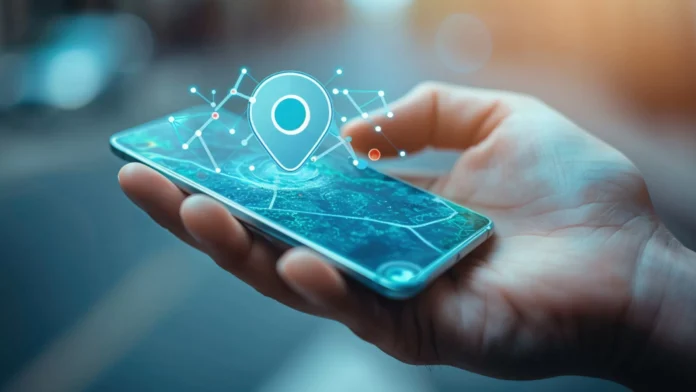Indoor Wayfinding: Enhancing Accessibility at the Olympic and Paralympic Games with Intel Technology
The Olympic and Paralympic Games are a celebration of athleticism, diversity, and unity, bringing together thousands of athletes and millions of spectators from around the world. As excitement builds for the upcoming games, it is important to recognize and address the challenges that may arise, particularly in terms of navigation and accessibility for those with disabilities.
Wayfinding, or the process of navigating through a physical space, is something that many of us take for granted in our daily lives. With the widespread availability of wayfinding applications, it is easy to forget that these live maps do not work indoors due to the weak satellite signals being blocked by large structures. This poses a significant challenge for individuals who are blind or vision impaired.
Fortunately, a solution is on the horizon. In partnership with Intel, the organizers of the Paris 2024 Olympic and Paralympic Games are implementing an indoor wayfinding system that will revolutionize accessibility at the event. This technology, powered by Intel AI platforms, has an ambitious goal of mapping all the world’s interior spaces to better serve individuals who need to navigate unfamiliar indoor spaces.
“We’re specifically looking at how Intel technology can help people with disabilities, but it’s a universal tool as well,” says Jocelyn Bourgault, Intel’s Paris 2024 Team USA and Accessibility Programs Lead. “Even people without disabilities can gain access to it and to its benefits.”
The system will be deployed in two locations at the Olympic and Paralympic Games this summer: the Team USA Training Site in Paris and the International Paralympic Committee headquarters in Bonn, Germany. Through a smartphone app, users will have access to rich indoor wayfinding capabilities, including the ability to search for locations, enter a specific destination, or explore predefined points of interest.
Sighted users can choose to follow a 3D camera view through the space with an overlay of arrows on a live map, while visually impaired users can opt for a 2D map view with audio cues or a dark view that relies entirely on audio. The app also offers more granular functionality, such as selecting routes that accommodate specific needs, such as wheelchair accessibility.
“We’ve created paths that allow the athlete to find their way from the minute they get off the bus: let them find their coaches immediately, get into training if that’s where they’re headed or the hot tub for rehabilitation or the physical therapy room,” explains Bourgault. “We’re hoping that the athletes are going to be able to use this app to really maximize their time and focus on getting that gold medal.”
What sets this indoor wayfinding system apart is its use of LiDAR scanning and machine learning algorithms trained on large datasets. Instead of relying on Bluetooth beacons, which require dozens to be placed in a space, this technology only requires a single walkthrough with a 360-degree LiDAR scanner to capture the interior space. This data is then sent to the cloud, where it is translated into a digital twin of the space using Intel AI platforms. The resulting maps are then sent back down to edge devices for users to navigate through.
“We’ve been working with our partners to showcase the performance of our CPUs using OpenVINO™ in their machine learning algorithms,” says Bourgault. “And so far, the test results are incredibly positive. OpenVINO™ plus Intel® Xeon® processors is a match made in heaven.”
The system is constantly evolving, with further scanning able to incorporate changes to the physical space, such as temporary structures or rerouted paths. This ensures that the app remains up-to-date and accurate for users.
The Olympic and Paralympic Games activations are just the beginning for this technology. With potential applications in transit, retail, healthcare, government, and education, the possibilities for enhancing accessibility and navigation are endless.
“It’s the curb-cut effect,” says Bourgault. “Think about how a curb cut helps a disabled person get from one sidewalk to another. But once they were adopted nationwide, people realized that they don’t just help people with disabilities, they help the mother with a stroller, the kid on a trike, the delivery driver with a cart of packages. And there are lots of examples where solutions that help people with a specific disability have wide-ranging benefits for the whole community.”
In the future, the integration of live data has the potential to further enhance

